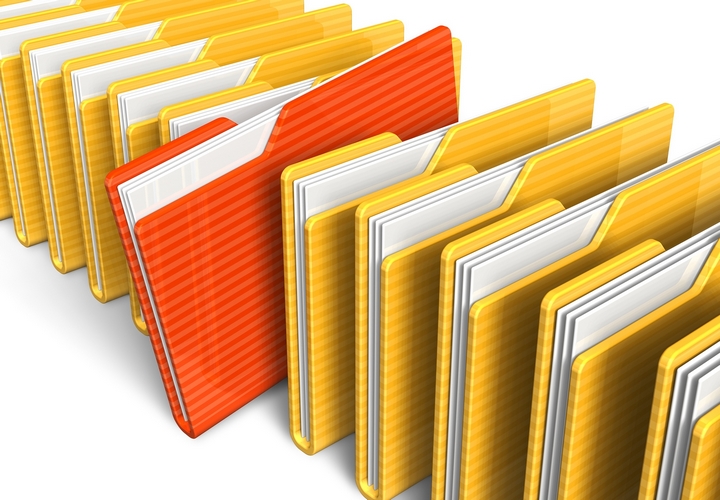Your company may be considering turning all of your paper documents into electronic files. However, this can be a rather intimidating task. Where do you begin? Who is going to do this for you? You can try doing it in-house but you may decide to stop a quarter of the way and realize it is not as simple as you had anticipated.
The first thing you should do is to look at all the documents (an incredibly time-consuming task) and assess them. Not doing this is going to cause problems, not to mention poor results. Here are some tips to make the whole process more efficient so that you can get effective results.
1. Review Documents

One of the most important steps at the start is to review and assess your documents before you start scanning anything. This allows you to see which documents you really need to scan and that need to be converted into a digital file. It also allows you to pick the right image formatting, which is important. Many people who are inexperienced will decide to scan everything; it can take quite an effort initially and in the long run, is not going to help you. You will end up with so many documents that may not be necessary and you will end up going through too many documents to find what you need. Backup costs and storage can also be reduced if you get rid of all the unnecessary files.
2. Prioritize Documents

During the time you assess the documents, make sure to prioritize them so that certain documents receive immediate attention while others can wait. This is a good way to begin the scanning process. You could also begin with the most recent documents and then work your way backwards. In general, newer documents tend to be accessed first. This also allows you to destroy documents that are irrelevant and this will help cut down on costs.
3. Organization & Structure

As you proceed, you need to think about how to organize and structure everything because this will help later on with searches. This way, you can group similar documents together which makes searching even easier. By not doing this, you will not only make things harder, but the whole exercise becomes pointless. You want digital files to be more efficient, but by not doing the proper organization or structure, it will be very much less effective.
4. Picking The Right Format

An important decision is to pick the right format to turn your paper files into, so decide this before you start the actual scanning and conversion process. A PDF seems to be the safe and popular choice since everyone who has a PC will have access to it and it doesn’t cost anything. Some are better with image formats like JPEG.
5. Last Resort

If you find that the task is way too daunting, as a last resort, you could get a professional document scanning service. Professionals can handle a huge volume of documents at a quick rate while being cost-effective. If it gets difficult for you, don’t discount this method. Many people assume that doing it internally will save them money, but this is not always the case.
Electronic copies of documents are easier to share and more convenient. It’s more organized and it won’t get lost or misplaced on a huge pile of papers.
